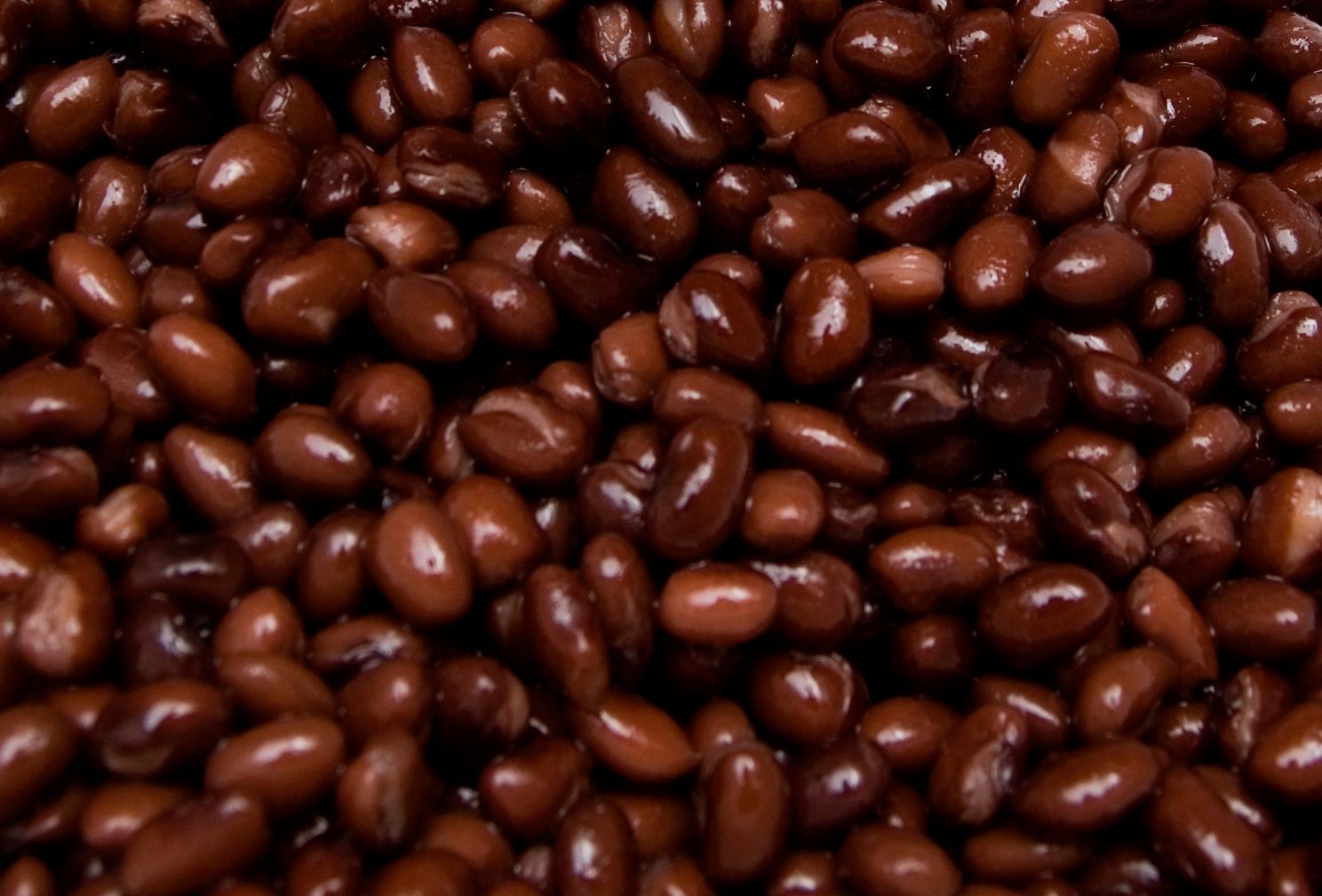
The Weight Debate: How to Amp Up Your Walk, Not Injuries
- Aug 13, 2024
Stepping up your walking game with weights seems like a cash-free, crash-free ticket to prime-cardio. But if it was that simple, wouldn't we all be strutting around like weighted warriors, scoffing at those gym-locked rowing addicts? Let's dissect this idea and dissect the best, worst, and 'eh' ways of bulking up your stride.
So, you're wanting to send your walk into overdrive with the help of weights. Sure, the prospect of torching more calories, boosting resistance, not to mention power-lifting your street cred sounds fab. But sadly, those fabulous weighted dreams might just weight-end in disaster.
Little known fact: weights, while nifty for muscle toning and calorie blitzing, can be a fast track to joint stress and a commercial break from your daily routine thanks to irritating tendon or ligament injuries. So, if your joints are peace-loving, seek medical counsel before going guns blazing.
Ankle weights: perfect for ease? More like perfect ease into an injury. While they might be comfortable and effortless to strap on, they tend to play favors. They'll invite your quadriceps to the party while leaving your hamstrings hanging. Not to mention, they'll happily add an unwelcome loada' stress on your ankle joint, and spur on tendon and ligament injuries in your back, hips, and knees. Consequently, their use should be limited to targeted leg lifts.
Hand weights, despite seeming like a light-bulb moment, aren't the best candidates for ramping up your workout regimen either. Wrist weights are more likely to spark imbalance and induce wrist, shoulder, elbow, and neck injuries than assisting you in meeting your fitness goals.
However, weighted vests comfortably nestle the sweet spot for strut-amped walks. The best part? They don't only offer adjustable weight options but also enjoy a 'pressure-cooker' relationship with your bones. They gently push against your bones, triggering bone cell growth & reducing bone loss. Since they're torso-huggers, they're less problematic than ankle and wrist weights. However, if your neck and back have a history of drama, talk it out with your healthcare provider before hopping on the vest-wagon.
Moving on to an up-and-coming hit: walking with a weighted backpack, commonly dubbed rucking. These padded straps adorned backpacks add extra weight, level up your physical conditioning, amp up your muscle growth, and burn those stubborn calories. They do, however, require proper engagement, posture maintenance, and technique to avoid setting yourself up for an injury.
Despite these caveats, weighted workouts do have their silver lining. Remember how they demand more energy to complete your walk? This translates into more calories burning up in the metabolism furnace! Walks with weighted vests has shown a 13% increase in calories burned when compared to their weight-free counterparts.
In conclusion, walking with weights isn't risk-free, nor is it a glorified mess. It harbors a knack for torching extra calories and muscle toning, but also poses a strain and joint stress risk. So, safe navigation in the weighted walk realm involves choosing suitable weight-apparel (preferably vests or backpacks), adopting proper posture, pace, and frequency, and, last but not least, seeking professional advice before embarking.
In the fitness universe, it's never all or nothing; it's always about achieving balance and finding what works best for YOUR body. So, step right and step wisely!






